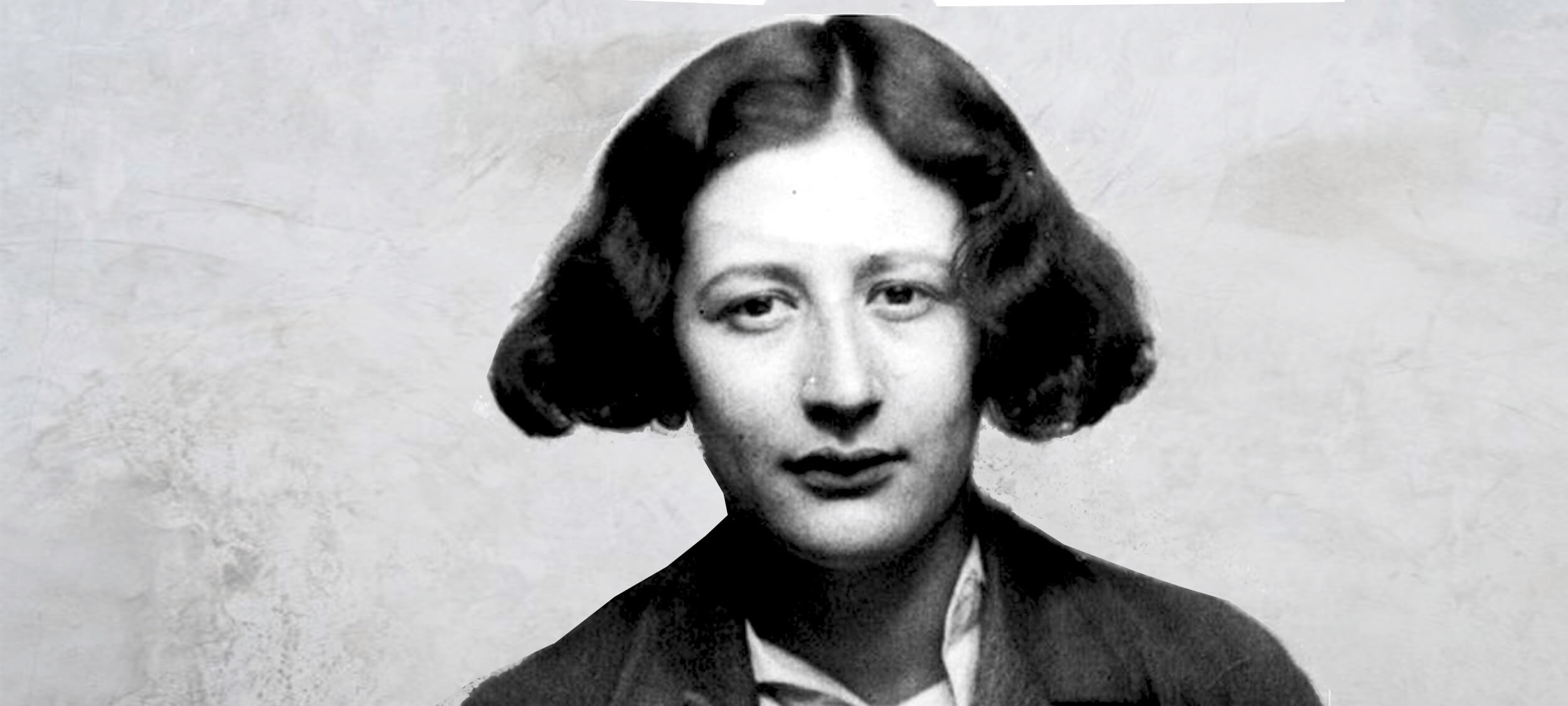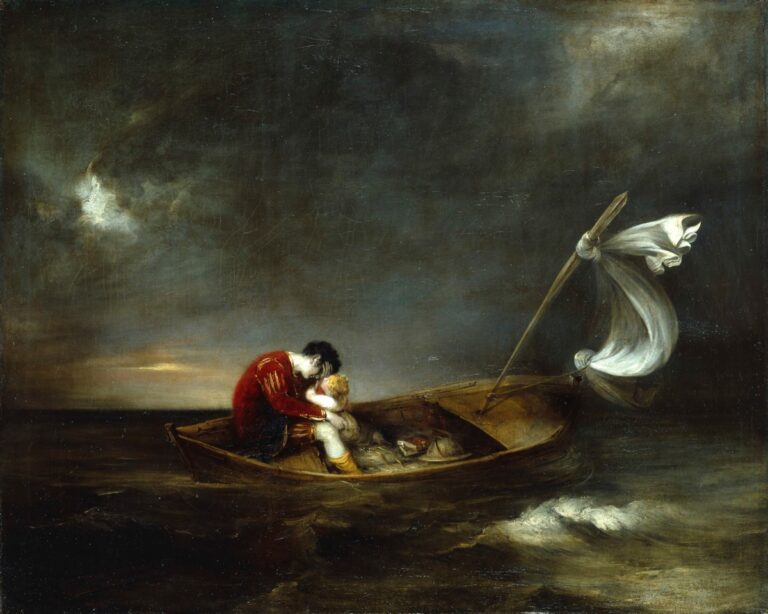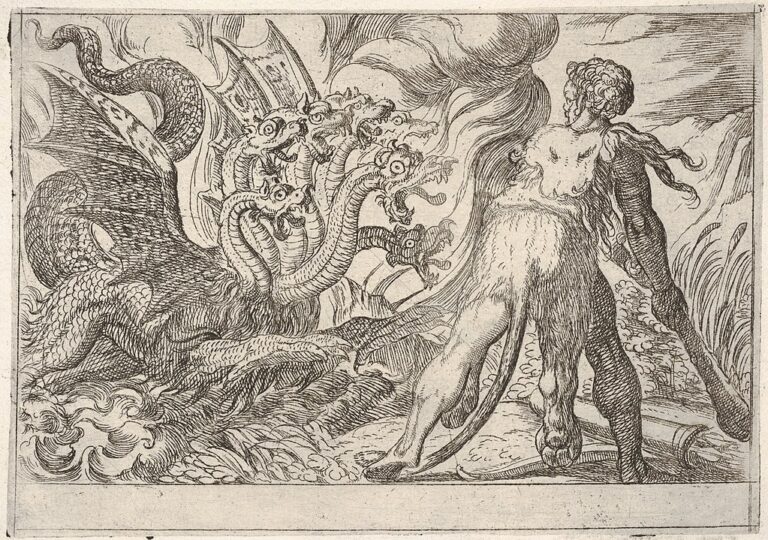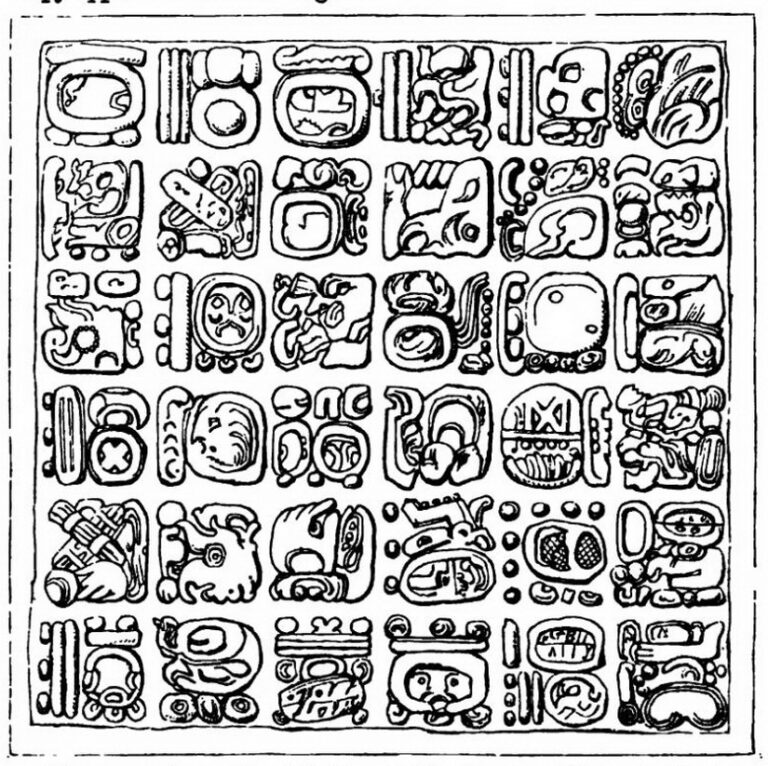Simone Weil’s Practice of Attention

Sigrid Nunez’s 2020 novel What Are You Going Through takes its title question from the philosopher-mystic Simone Weil, whom it quotes in an epigraph: “The love of our neighbor in all its fullness simply means being able to say to him, ‘What are you going through?’” Weil famously explains this claim in the essay “Reflections on the Right Use of School Studies with a View to the Love of God,” collected in the posthumously published Waiting for God (1951). Here she asserts that the practice of attention, understood not as a “muscular effort” but rather as a kind of passive, open waiting, is fundamental for both ethics and spirituality—and it can be cultivated as a habit, practiced even in geometry homework.
Weil argues that this capacity of paying attention is the fundamental benefit of education and that it must be motivated by pleasure, by desire rooted not in competition or academic achievements but in “the joy of learning.” Weil insistently links this capacity to pay attention to a capacity to pray, but she also links it to a capacity to truly see someone who is suffering. Here is where her famous question enters the essay, as she tells a version of the Holy Grail story in which the treasure goes to “the first comer who asks the guardian of the vessel, a king three-quarters paralyzed by the most painful wound, ‘What are you going through?’”
Weil is not a Pollyanna philosopher. She names how extraordinarily difficult it is to see someone truly suffering, truly “afflicted,” and not flinch away or reduce them to “a specimen from the social category labeled ‘unfortunate,’” but recognize their full humanity. For all its evident simplicity, truly seeing another in their suffering and need, then asking, “What are you going through?” and waiting for the answer, allowing it to change us, is “a very rare and difficult thing.” Yet Weil argues that it is precisely what those deepest in suffering need—to be met by “people capable of giving them their attention.”
Nunez’s novel repeats Weil’s question and posture as its first-person narrator, a middle-aged writer and professor, bears witness to lives, stories, films, and books she encounters, all the while bearing witness to a friend with terminal cancer, who asks for the narrator’s accompaniment as she chooses to end her life. These tender and tenuous encounters—the women’s growing love, the impending threat of loss, and the narrator’s frequent judgments of those around her—occur against a backdrop of climate crisis, the novel bookended by engagements with an ex who lectures on climate nihilism. Nunez’s story suggests the sheer difficulty of the mode of attention Weil commends, the limit of human capacity to truly see those around us in the full reaches of their suffering, sometimes due to solipsism or stereotypes, and sometimes due to the very love that binds us and heightens the pain we feel at others’ pain.
Nunez’s novel also raises the question of Weil’s importance as a guide toward something like ethical attention in a twenty-first-century rife with attention deficits and surpluses, attention economies and attentional exhaustions. On the one hand, Weil’s Christ-haunted essay on geometry, prayer, and empathy might seem a strange resource for our current age. Weil herself was raised without religious practice and rejected her Jewish heritage in troubling ways, although it shaped her life as a Frenchwoman living under the rise of Nazi rule. Weil was born in 1909 to a comfortable agnostic Parisian family—her father was a doctor, her older brother André a mathematical genius. Her health was poor from early on, but she was a precocious student and went on to study philosophy at the prestigious École Normale Supérieure. Weil taught secondary school for several years, taking leaves to work in factories and on farms, consistently troubling her social milieu with her support of labour strikes, workers’ unions, and other calls to justice. Her Jewish origins eventually debarred her from teaching as Hitler’s regime spread, and at her parents’ urging she left with them for New York City in 1942, where she worked tirelessly to find a way back to Europe to support the French Resistance. She made it to London but died within the year of tuberculosis complicated by her refusal to eat more than those living off rations at the war front.
After a series of mystical experiences in the late 1930s, the last five years of Weil’s voluminous writing shows a marked turn to spiritual interests. Yet Weil herself, in ways that often go unappreciated, advocated for a kind of universalism and criticism of the very Christianity she felt drawn to. Although she claimed the word “God” was not even in her thought until the year 1938, the first grounding of her sense of the divine was not in Greek or Hebrew scriptures but in Plato. Weil writes at the end of “Reflections” that school studies’ exercises in attention “could have their fullest spiritual effect, quite apart from any particular religious belief.” In another essay collected in Waiting for God, Weil goes so far as to argue that all the world’s religious traditions contain divine truth and that atheism may at points be a necessary purification for the harms wrought by Christian institutions. She hungered intensely for the Eucharist but refused to be baptized into the Roman Catholic Church (a possible deathbed conversion is passionately debated), insisting that she remain at its threshold in solidarity with those it consigned to eternal punishment, decrying the horrors of the Crusades, the Inquisition, and the violence of ex-communication. In many ways, Weil’s attraction to and critique of Christianity makes her an underacknowledged patron saint of current faith “deconstruction” and “Exvangelical” movements, as generations raised in the Christian tradition look around at what happens in its name today and struggle to reconcile these harms with a message of love.
Yet even for those who aren’t interested in Weil’s religious negotiations—among whom Nunez would probably count herself—there’s a notable current of interest in her work. Scholars continue to write books about Weil, not just her difficult religious legacy but also her ethics and politics—but I’m thinking here more specifically of literary interlocutors. Commentators often laud Simone Weil as a too-often forgotten treasure, and it’s safe to say her name is not so widely known as, say, her onetime classmate Simone de Beauvoir. But since her death, Weil has been perennially popular among pockets of writers, intellectuals, and readers. The oft-repeated list of her devotees extends to T.S. Eliot, Albert Camus, Czeslaw Milosz, and Pope John XXIII, lists that usually fail to address the many women who write of Weil—not just philosophers like Hannah Arendt and Iris Murdoch but also Flannery O’Connor, Denise Levertov, and Fanny Howe. Adrienne Rich endorsed books by and about Weil published in the 1970s and engaged with Weil’s ideas in poetry and prose consistently throughout the last 45 years of her poetic career. Elizabeth Hardwick wrote a profile of Weil for the first issue of the feminist journal Signs in 1976, and Weil’s work was influential for feminist care ethicists Sara Ruddick and Nel Noddings in the 1980s. It’s central to Annie Dillard’s nonfiction trilogy—Pilgrim at Tinker Creek (1974), Holy the Firm (1977), and For the Time Being (1999)—as well as many novels by Mary Gordon. Weil is the prime figure in the titular opera of Anne Carson’s 2005 book Decreation, and in Devotion (2017) Patti Smith recounts reading Francine du Plessix Gray’s biography of Weil on a trip to Paris and then writing a short story patterned after her and seeking out her grave. In Erosion: Essays of Undoing (2019), Terry Tempest Williams writes of discovering Waiting for God. “Simone Weil is writing my mind,” she insists, “my wounded mind.”
Against those who bemoan Weil’s status as a forgotten genius, some might say we’re in a Weil revival in English-language literary writing. Looking back at the publication record, though, one wonders when we’ve not been in a Weil moment. I think the more important question is why Simone Weil’s work and life continue to hold out such appeal.
Nunez writes in Sempre Susan (2011), her memoir of the years she spent in close relationship with Susan Sontag, that Sontag introduce her to Weil. Indeed, Sontag famously introduced many to Weil in a brief profile she published in the inaugural issue of the New York Review of Books, in 1963. In this piece, Sontag writes of Weil not as a “hero” the rest of us would emulate but as a secular kind of “saint” whose extremities we learn from: “No one who loves life would wish to imitate her dedication to martyrdom, or would wish it for his children or for anyone else whom he loves. Yet so far as we love seriousness, as well as life, we are moved by it, nourished by it. In the respect we pay to such lives, we acknowledge the presence of mystery in the world.”
Nunez writes that Sontag revered Weil throughout her life, praising her “seriousness.” In a chapter on Weil in her book Tough Enough: Arbus, Arendt, Didion, McCarthy, Sontag, Weil (2017), the scholar Deborah Nelson similarly argues that, against the bunker mentality of postwar America, Weil’s appeal when her books first started to appear in English in the early 1950s was in the bracing contrast of her moral seriousness. In a world cued to middle-class comfort, Weil’s demanding call to look at the Real—at the pervasive flows of power and violence, the consequences of injustice, the harms wrought by our most beloved institutions, the ongoing threat of fascism—tugged at some deep-down sense of the larger stakes of the human project. The example of her integrity, the uncanny and at points troubling consistency of her thought and action, stand out in an era of compromise.
These assessments of Weil’s mid-century appeal, I think, begin to explain her ongoing significance and the urgency of her sometimes-pained insights for the twenty-first century. The pressures of postwar comfort and overwhelming news have only heightened with time. We live in an era not just of profound dis-ease and distraction, unprecedented internet networks and algorithmically modulated polarization, and snowballing economic inequality, but also of the siren song of perpetual pacification. Given the right devices and internet access, we can watch literally endless makeup tutorials and video game walkthroughs, TikTok dances and comic takedowns, punctuated by advertisements for product after product promised to improve our lives.
Weil’s provocation in this context is in her call not just to a different kind of thinking but a different mode of being in the world: a mode of being predicated not just on self-protection but on responsibility to others, on alertness to reality as it really is, not the gilded comforts of privileged existence but the raw pain and the raw beauty of the world that really is. Across the decades since her death, writers recognize the urgency of this call, not just as a bracketed aesthetic “saintly” seriousness to admire, but as an actual invitation to an ethics: an ethics of attention, of curiosity, of responsibility and care.
Weil is also an extraordinary writer, which further helps explain her enduring appeal. Her prose rings with passion and precision, a lovely honesty that draws on her devotion to great literature. The poets, novelists, and philosophers she influences describe, time and again, their attraction to what Hardwick calls her prose’s “stirring, affecting intensity.” But, again, Weil’s ideas are not just pretty, and “attention” is not just an abstract aesthetic ideal. She calls concretely in books like The Need for Roots (1949) and essays like “Human Personality” for a dutiful citizenship that rejects toxic nationalisms, a celebration of culture that laments colonization, a care for workers that ensures a living wage and dignified labor for all. Writing in the early 1940s, she eschews political parties and hectic news cycles. These proposals speak to concrete problems our societies still face.
And still, Weil lived so fully into her rigorous principles that no one can quite comfortably emulate her. This, too, is part of her ongoing attraction. Responding to both Weil’s unbending ethical intensity and to her religious turn, Casey Schwartz writes at the end of Attention: A Love Story (2020), “I don’t know what to do with it. My entire education and culture bias me against such a turn of events. But strangely, if I look closely at my own reaction, I can see that I’m the tiniest bit jealous: jealous of the capacity to believe as Weil believed.”
As Weil believed, she behaved. Weil’s unflagging appeal—for scholars and armchair philosophers, for creative writers and curators of the mind—is ultimately still in the way she calls us to the miracle of presence in lives beset by struggle, to the shards of beauty and care still possible in the wreckage of our late-stage planet. This practice of attention need not ask of all of us the sacrifice it asked of her, but it asks of us something. To ask the question, of each other and at points ourselves: What are you going through? To listen to the answer. To find ourselves awake again, in a way we’d forgotten we could be.


